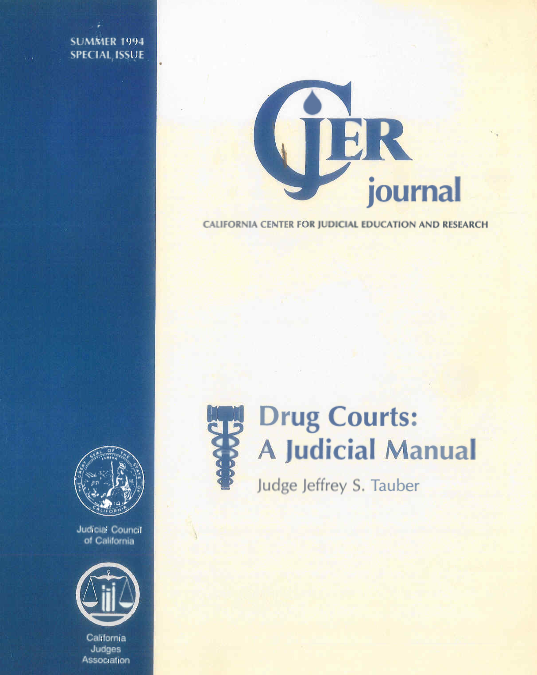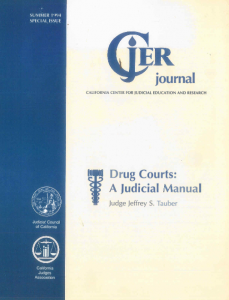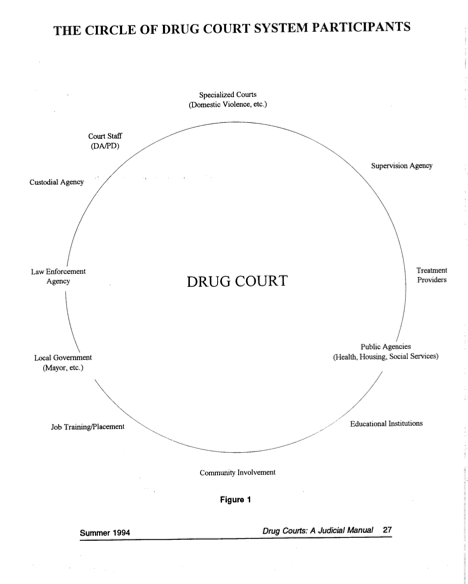August 18, 2014
About twenty years ago, I described the role of the Drug Court Judge in the first Drug Court manual to be published (J. Tauber, Drug Courts: A Judicial Manual, CJER; 1994). I wrote, “A drug Court provides direction and focus through the leadership of a single judge”. A statement writ large, and in retrospect, an overstatement of the importance of the drug court judge. For while the drug court judge is an important reason for the success of the drug court, he or she acts more as an enabler than director. The major actor is “community” itself.
In effect, the drug court judge creates an environment in which successful drug court “communities” can thrive; where a “drug court team” comes together to institutionalize community-based structures for long-term success, and where a “community” of drug court practitioners and participants themselves exert systemic control over substantial numbers of serious drug offenders. So I suppose, if I were to write a definition of a Drug Court Judge today, it might simply read, ” a judge is the first among equals in a “drug court community”.
I believe that The Community-Based Drug Court is already in place, to a substantial extent, in every Drug Court and Problem-Solving Court in this country. We don’t always recognize the characteristics that define these court programs as community-involved, institutionalized, or systemic, but they are there. And while not all have moved rapidly towards this Community-Based model, I am convinced that the most successful are doing so.
…………………………………………………………………




